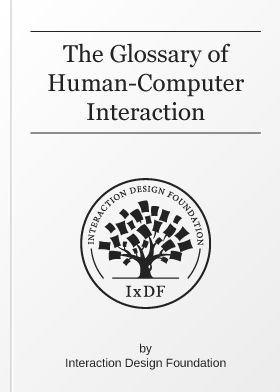Take a deep dive into Cognitive Artifacts with
our course
The Brain and Technology: Brain Science in Interface Design
.
How do you know if your next computer system, app or website will be a success? Well, if you look at all major technological advances in the last few decades, you’ll see that it heavily depends on whether it works well with people. Developments such as email, smartphones, and social networks have all involved some form of human-to-computer interaction and interface. The critical success factor for modern technology has therefore become not what it does but how it interacts with people. For example, can you even imagine life without your smartphone these days? Technology has interwoven itself not only into the human psyche but also quite literally—handheld devices can now be seen attached to peoples’ palms in virtually any setting.
When people use technology, a biological information processor (i.e., the brain) interacts with a mechanical information processor (i.e., the computer)—and this interaction will fail if there is no common ground. If you, as a designer, miss the mark between these two worlds of natural and artificial intelligence, they will collide jarringly. This course will therefore merge brain science and computer science in order to teach you the field of Human-Computer Interaction (HCI). You will learn optimal approaches to designing better software, mobile applications, and websites, including online communities, by learning how to create software that interacts with human intuitions. Such knowledge of HCI is now a critical skill—building new hardware and software goods will result in negative returns on investment (ROI) if users can’t or don’t want to use them. Designers must know the basics of brain science in order to practice computer science, not only for people but for communities, too.
The course is created and presented by Brian Whitworth, a registered psychologist who is also trained in computing and has a wealth of experience and qualifications in both fields: BA (Psych), BSc (Maths), MA (Psych), PhD (IS), and Major (Retd.). Each lesson highlights a particular brain-technology difference and uses it to explain what works—and what doesn’t—when people use technology. Every lesson is further divided into ten-minute video blocks, that you can watch independently, so as to fit your learning experience into a busy schedule.



